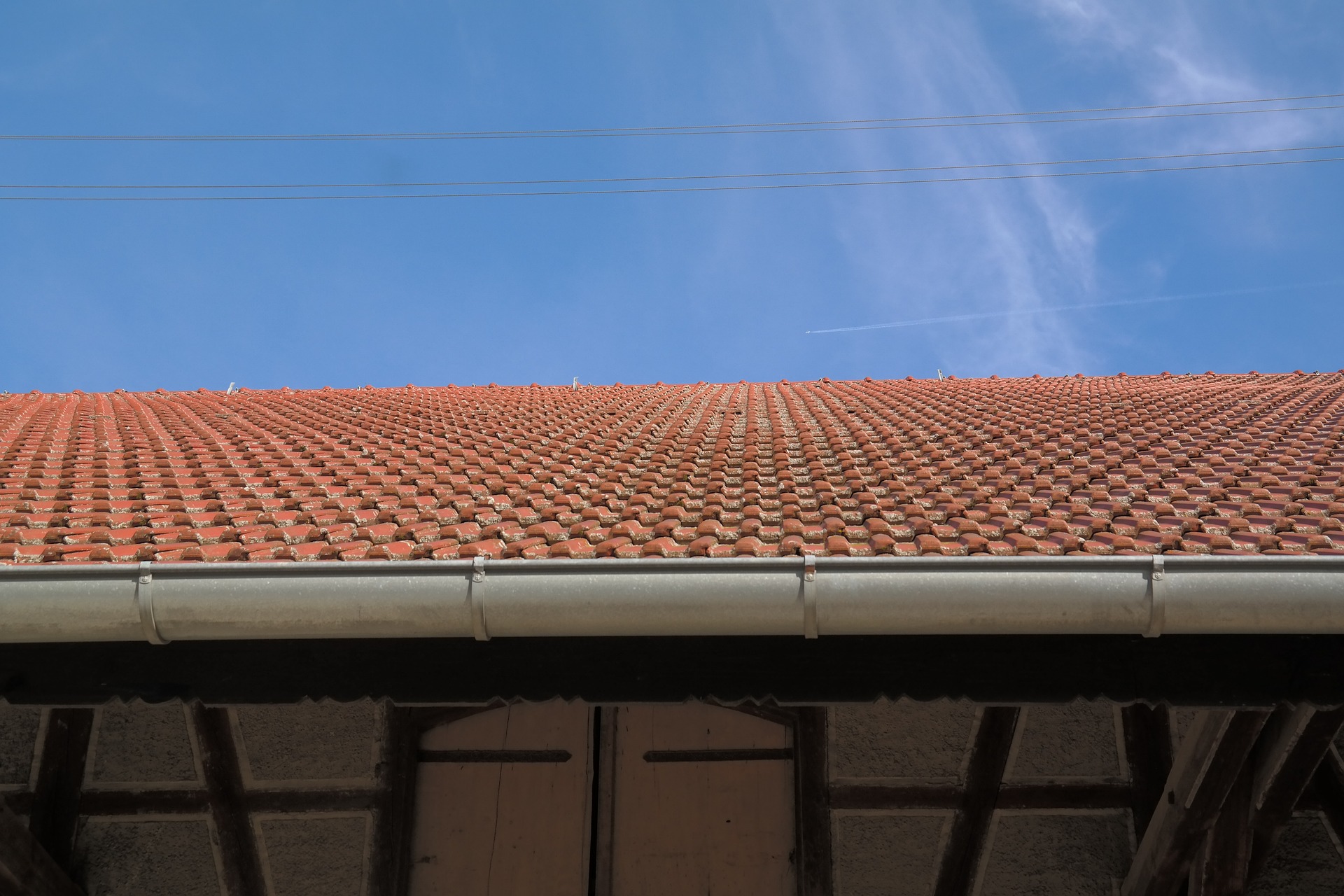Waterproofing your house is an important part of home maintenance that often gets overlooked. It’s not something most people think about, but it can make a huge difference in the longevity and condition of your home. Water damage from leaks or flooding can be costly to repair, so taking steps to waterproof your house now will save you money in the long run. Here are six practical tips on how to properly waterproof your house.
1) Apply Waterproofing Sealant Around Windows and Doors
Applying waterproofing sealant around windows and doors is important in properly waterproofing your house. Waterproof sealants are designed to create a barrier between the outside elements and the interior of your home, preventing water from seeping through cracks or gaps and causing damage inside. You can liaise with a local basement waterproofing company to help you with this process. You should also periodically check the caulking around windows and doors to ensure it’s still in good condition.
Sealants are best applied during warmer weather and should not be used on wet or damp surfaces. They come in various forms, including caulk, spray foam, liquid rubber coatings, and tapes. Depending on the type of sealant you are using, these should be applied according to the manufacturer’s instructions.
2) Check and Repair Roof Gutters
Roof gutters are an important part of your home’s waterproofing system. They help to move rainwater and snowmelt away from the foundation of your house, preventing water damage and flooding in basements or crawl spaces. It’s essential to check and repair roof gutters regularly to keep them functioning properly.

To ensure that your roof gutters are doing their job correctly, it is important to inspect them at least twice a year for any signs of wear or damage, such as cracks, holes, sagging sections, or loose connections. If you notice any gutter system problems, they should be repaired immediately before further damage can occur. This may involve replacing broken parts or tightening loose connections using screws and bolts. You should also ensure no clogs in the downspouts, which could cause water to back into the gutter system, causing overflows and leaks around windows and doors.
3) Install Drainage Systems
Installing drainage systems is a great way to protect your home from water damage. Drainage systems help to divert and collect rainwater away from the foundation of your house, preventing flooding in basements or crawl spaces. Several types of drainage systems can be used depending on the layout of your property and the type of soil you have.
The most common type of drainage system is a French drain, which consists of a trench filled with gravel or rocks and surrounded by a perforated pipe. The pipe collects water from around the house’s perimeter and directs it away into nearby ditches or ponds. This system works well for homes with flat yards as it can be installed directly against the walls without digging too deep into the ground. For properties with sloping land, an underground sewer line may need to be installed to move collected water further away from your home’s foundation.
Catch basins can also be added at different points along these lines to capture any debris that could clog up pipes over time, such as leaves or sticks. Installing these drainage systems will keep moisture out and add value to your home should you ever decide to sell.
4) Add a Moisture Barrier
A moisture barrier is a great way to protect your home’s foundation from water damage. This can be done by installing a waterproof membrane around or beneath the foundation slab and walls. This layer of protection will help keep out any groundwater that might otherwise seep into your house’s interior, causing mold, mildew growth, and structural damage to the building.
The most common type of moisture barrier is a plastic or rubber sheet placed directly against the concrete foundation. However, you can also use other materials, such as asphalt and tar paper, for extra protection from water penetration. Additionally, activating the soil around your foundation with lime can help reduce the amount of moisture that can get into your house.
For a moisture barrier to be effective, it must be installed correctly and maintained regularly. It should also be checked after any changes are made to the landscape, such as installing a swimming pool or building an addition to the property, to ensure it is still functioning properly.
5) Inspect All Exterior Walls
To properly waterproof your house, it is important to inspect all exterior walls for signs of wear or damage. This includes checking for cracks in the mortar and sealant around windows and doors and any water stains on the siding or brickwork. You should also check for any leaks around pipes and vents that could allow water to enter your home.
If any damage is found, it should be repaired or replaced as soon as possible to prevent further water damage from occurring. If you find any major cracks or gaps, they may need to be sealed with a waterproof sealant such as silicone or an acrylic-based caulk. This will help to keep water from entering your house, as well as reduce the risk of future problems related to water damage.
6) Install a Sump Pump
It is important to install a sump pump for homes with high water tables. This device will help to collect any groundwater from around the foundation of your house and then pump it away from the property into nearby drainage systems or rivers. The sump pump should be installed in a waterproof basin at the lowest point of your home’s exterior to ensure that all collected water is directed away from the house.
Once a sump pump has been installed, it is important to check on its condition regularly and replace any faulty parts as needed. This will help ensure that it continues to function properly and prevents any potential water damage from occurring.
By following these simple steps, you can help ensure that your home is properly waterproofed and protected from the elements. Taking the time to check for any potential problems and repairing them as soon as possible will save you money in the long run by preventing costly water damage. With a little bit of effort and maintenance, you’ll be able to enjoy a drier, more comfortable home for years to come.



